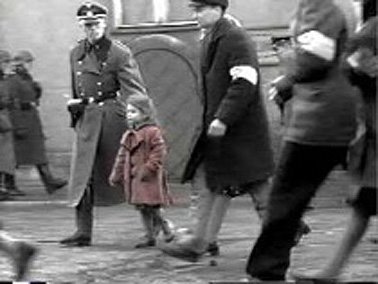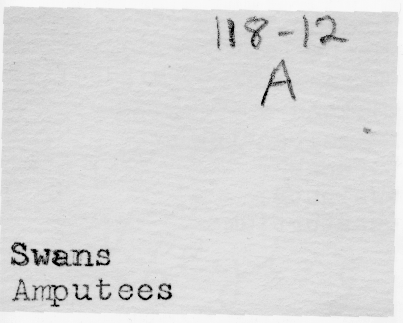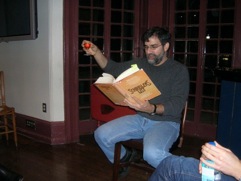 I think quite a lot about the headiest days of what was then called "the internet revolution" - roughly 1996-1999. This slightly predates the bursting of the economic tech bubble, and when I think about the era I mean I'm only half-certain that what I'm thinking about coincides with economics so much as broad and nearly messianic hopes. At the same time there was a good deal of concern, typically expressed on the political left, about the gap between segments of the U.S. (and sometimes of the world) that had some way to connect to the internet and those that did not. This was and still is called "the digital divide." But have you heard about the digital divide lately. Not much--as least for the U.S., Europe and northeast Asia. That's in part because so many urban and rural schools have gotten access, and because connectivity is available in many public buildings and generally because the price of computer hardware has gone down.
I think quite a lot about the headiest days of what was then called "the internet revolution" - roughly 1996-1999. This slightly predates the bursting of the economic tech bubble, and when I think about the era I mean I'm only half-certain that what I'm thinking about coincides with economics so much as broad and nearly messianic hopes. At the same time there was a good deal of concern, typically expressed on the political left, about the gap between segments of the U.S. (and sometimes of the world) that had some way to connect to the internet and those that did not. This was and still is called "the digital divide." But have you heard about the digital divide lately. Not much--as least for the U.S., Europe and northeast Asia. That's in part because so many urban and rural schools have gotten access, and because connectivity is available in many public buildings and generally because the price of computer hardware has gone down.In 1999 a report on the digital divide was issued. I linked it to my web site then and it got a good deal of response. Toward the end of this report - mostly a dull piece of writing - there was a list of several hopeful communal and even communitarian digital projects. One little section today seems both very relevant and also quaint in its tone, diction and word choice. Geez, it's only '99 - not long ago. And yet this little paragraph seems to come from another era. Here's a phrase: "public transit for the information highway." The little section of the long report is called "Public Transit For The Information Highway," and here it is:
Blue Line TeleVillage -- a project in Compton, CA developed by Los Angeles consulting firm Siembab Associates with the Los Angeles Metropolitan Transit Authority -- is as a non-commercial network access center (NAC) that was strategically created to simultaneously reduce environmental pollution and provide community groups with access to high-tech digital broadband networks. Blue Line TeleVillage is located near the center of community activity and is close to bus and train lines. According to Walter Siembab of Siembab Associates, NACs can transform urban communities by making them more sustainable environmentally and commercially. By adopting this policy -- which he calls public transit for the information highway -- NACs can be positive examples of good-quality neighborhood or village life.
Siembab Associates, a very good planning firm, issued a "final report" on this project, by the way. It's 125 pages and available as a PDF file. (I've read about 40 pages of it. Am I a little insane? Don't answer that, please.)






 "I teach horizontally, meaning that while I might begin with a fixed idea of what I'm going to teach that day, I let it drift rhizomatically way off topic, often pulling it back when it gets too far. I rely on non-fixed materials to teach this way; the whole world is at my fingertips. Should I go off on a tangent about John and Rauschenberg and their love relationship as expressed in Rauschenberg's bed, an image of that bed is always a click away. From there, we can head anywhere into the non-fixed universe, be it film, text or sound. And of course, that always takes us elsewhere. As Cage says, 'We are getting nowhere fast.'"
"I teach horizontally, meaning that while I might begin with a fixed idea of what I'm going to teach that day, I let it drift rhizomatically way off topic, often pulling it back when it gets too far. I rely on non-fixed materials to teach this way; the whole world is at my fingertips. Should I go off on a tangent about John and Rauschenberg and their love relationship as expressed in Rauschenberg's bed, an image of that bed is always a click away. From there, we can head anywhere into the non-fixed universe, be it film, text or sound. And of course, that always takes us elsewhere. As Cage says, 'We are getting nowhere fast.'" 

 that anyone has yet got the imaginative measure of that terrifying day six years ago. Certainly our Tolstoy has not crawled out of the rubble. The closest we have, Don DeLillo, succeeded as an essayist-journalist ("In the Ruins of the Future: Reflections on Terror and Loss in the Shadow of September,” Harper’s, December 2001) but, to my mind, failed as a novelist ("Falling Man"). One reason, perhaps, is that the remembered emotion was instantly buried under a pile of cultural junk.' - Tod Gitlin in his review of Susan Faludi's The Terror Dream (written for
that anyone has yet got the imaginative measure of that terrifying day six years ago. Certainly our Tolstoy has not crawled out of the rubble. The closest we have, Don DeLillo, succeeded as an essayist-journalist ("In the Ruins of the Future: Reflections on Terror and Loss in the Shadow of September,” Harper’s, December 2001) but, to my mind, failed as a novelist ("Falling Man"). One reason, perhaps, is that the remembered emotion was instantly buried under a pile of cultural junk.' - Tod Gitlin in his review of Susan Faludi's The Terror Dream (written for 






























